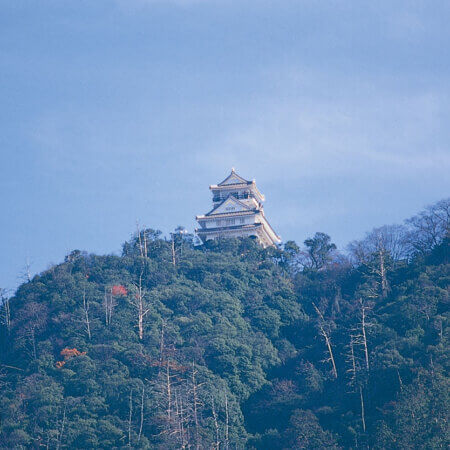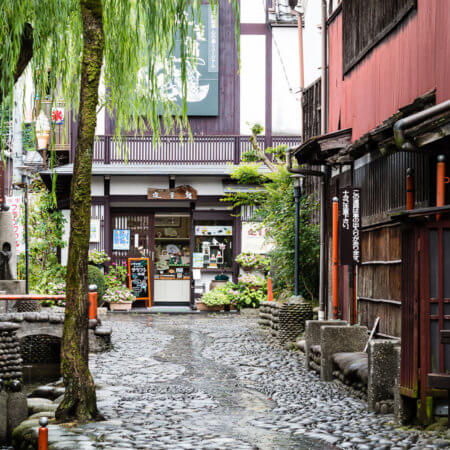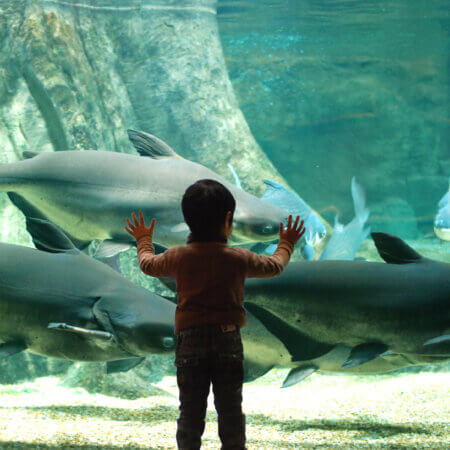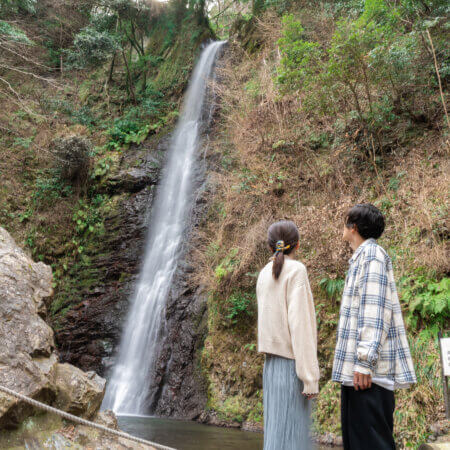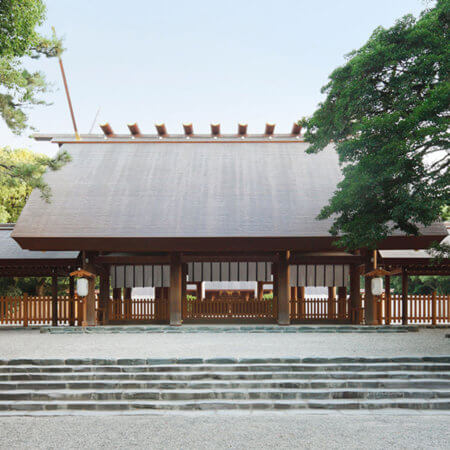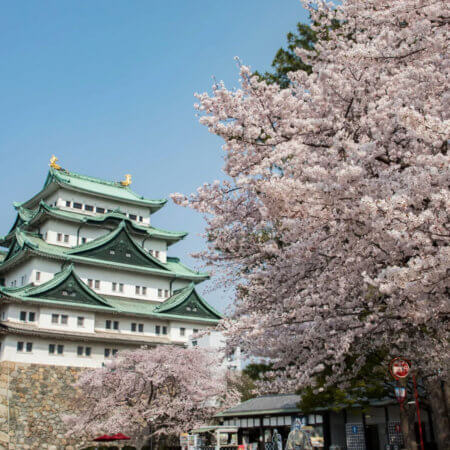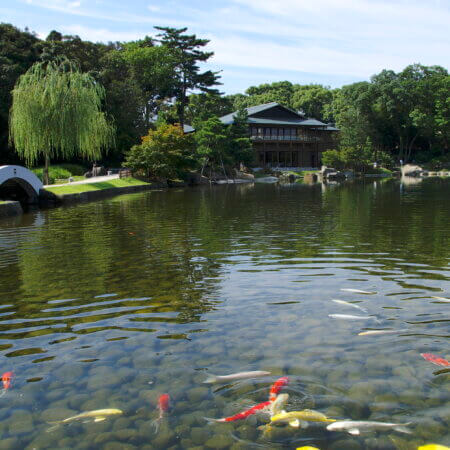The Headquarters of National Unification Surrounded by Nature【Gifu Castle】
- PREFECTURE
- GIFU
- INTEREST
- HISTORY
- TAGS
- gifu castle
Gifu Castle: The Base for Oda Nobunaga’s Quest for National Unification
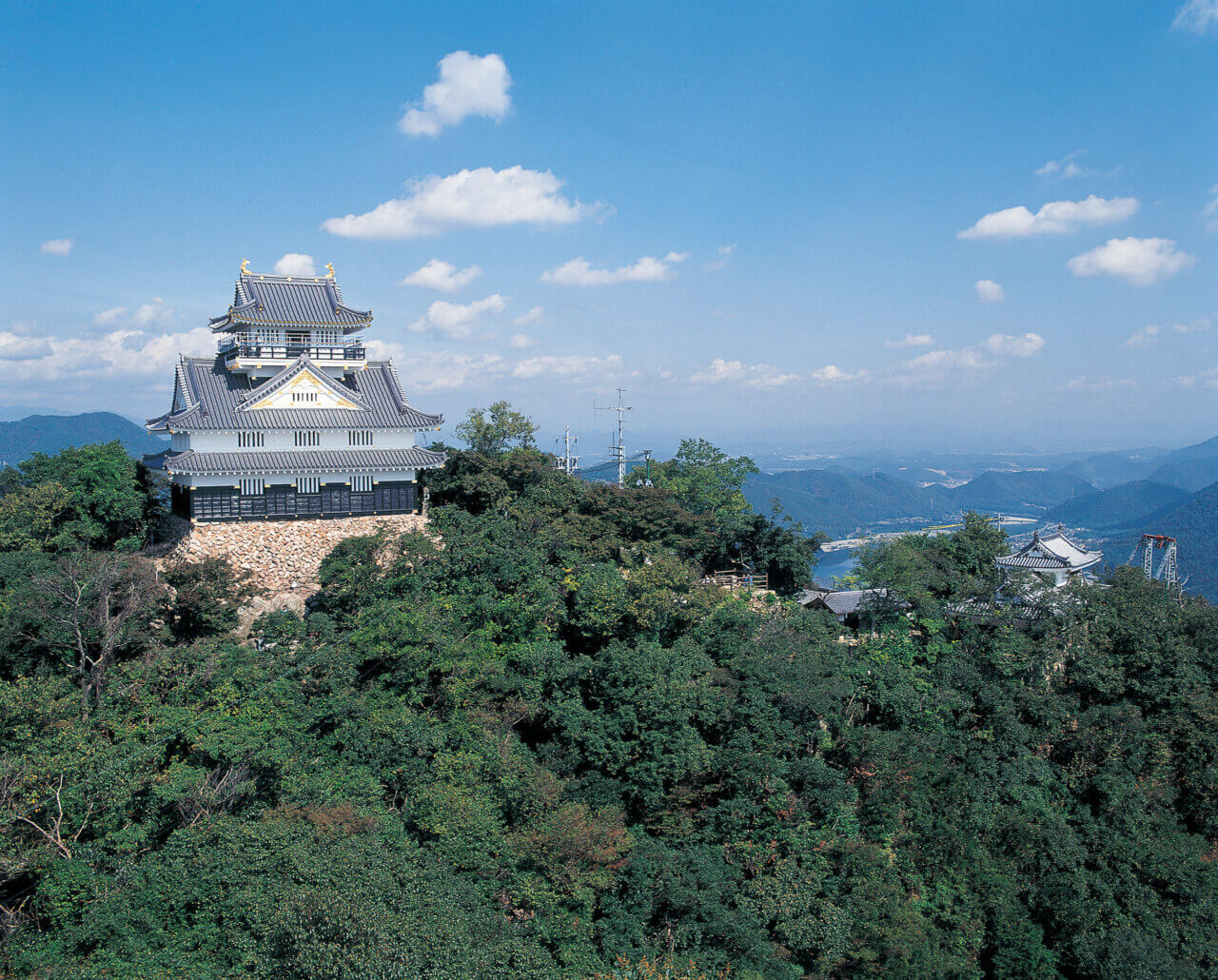
Gifu Castle, built atop Mount Kinka (formerly Mount Inabayama), is said to have been constructed by the Kamakura Shogunate’s official, Nikaido Yukimasa. During the Sengoku period, in his quest for national unification, Lord Nobunaga Oda, who was then attacking Mino Province (southern part of present-day Gifu Prefecture), captured Inabayama Castle from Saito Tatsuoki in August 1567 (10th year of Eiroku) and seized control of Mino. Lord Oda, whose primary residence was in what is now Aichi Prefecture, quickly moved to the newly conquered area and renamed the castle town, previously called ‘Inokuchi,’ to ‘Gifu.’ The castle itself was renamed from ‘Inabayama Castle’ to ‘Gifu Castle.’ It was around this time that he began using the ‘Tenka Fubu’ (Rule the Empire by Force) seal.
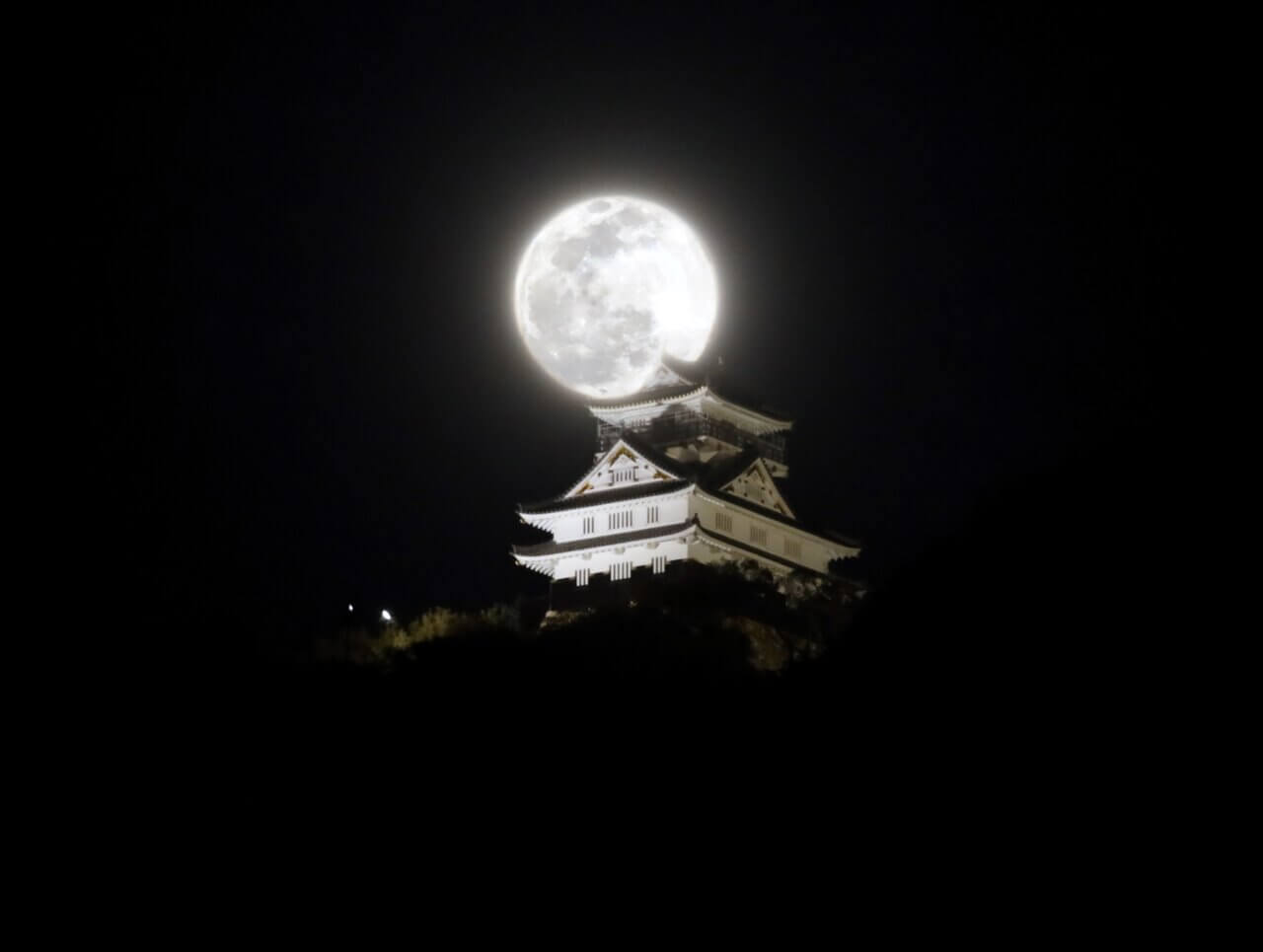
It is said that, except for Lord Nobunaga Oda and Lord Ieyasu Tokugawa, no other Sengoku daimyo moved their main castle as they expanded their territories. Moreover, establishing a residence in a recently conquered enemy castle was exceptionally unusual. Unconstrained by precedent, Lord Oda made Gifu Castle his base, and for about nine years, until he built Azuchi Castle on the shores of Lake Biwa, he plotted the unification of Japan from Gifu Castle.
Japan’s First Mock Tenshu: Reconstruction of Gifu Castle
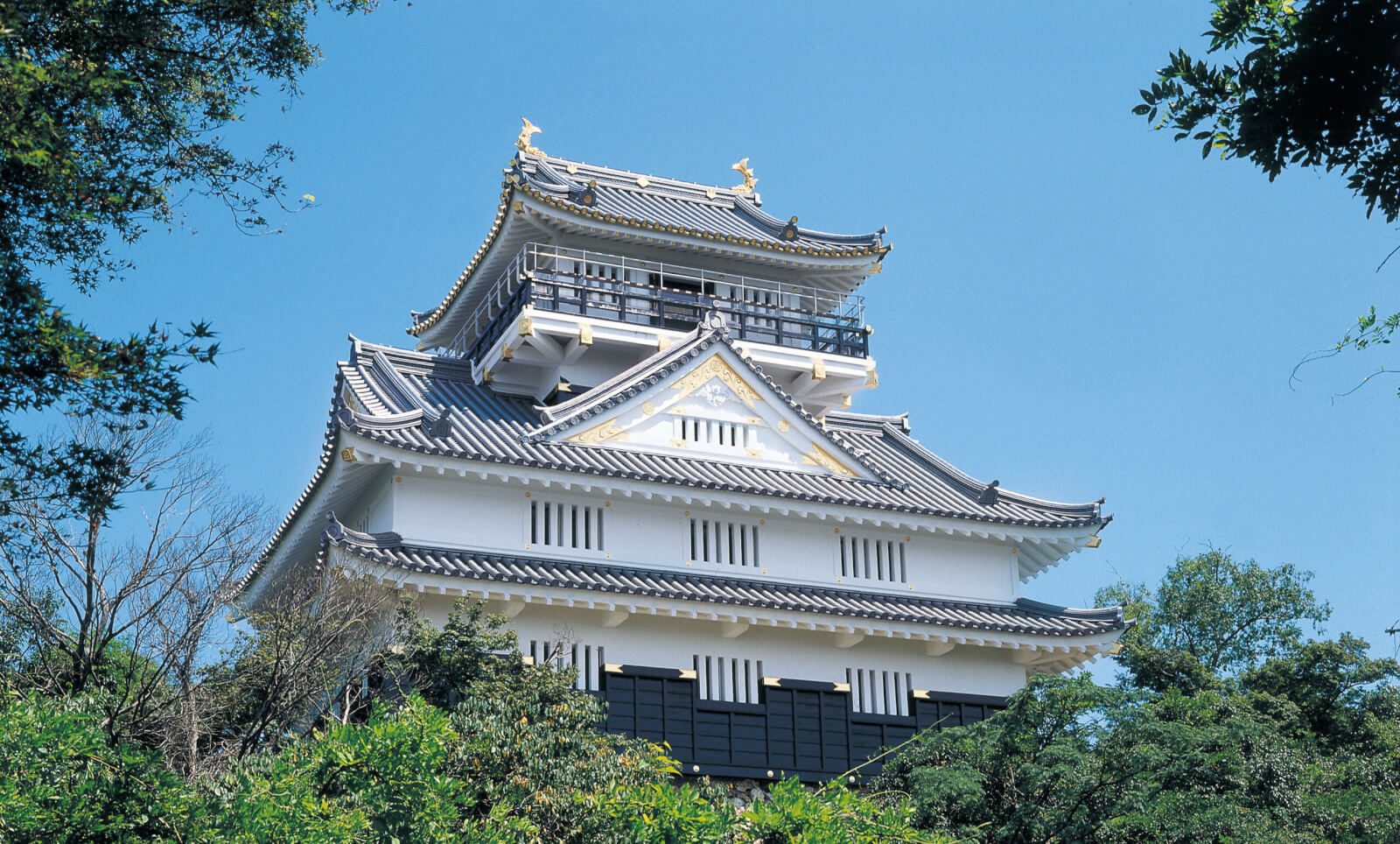
At the time when Lord Nobunaga Oda renamed it ‘Gifu Castle,’ there was no tenshu (castle tower) at the summit. It is believed that the tenshu was constructed later during the era of Nobunaga’s eldest son, Nobutada, and Ikeda Terumasa, who became the castle lords after Nobunaga moved his residence to Azuchi Castle.

Entering the Meiji era, Japan’s first tourist-oriented mock tenshu was built using old materials from the Nagara Bridge by the efforts of Gifu City Hosho-kai and the Gifu Construction Association. However, it was later destroyed in a fire. Therefore, the current Gifu Castle tenshu was completed on July 25, 1956 (Showa 31). Designed as a three-tiered four-story reinforced concrete reconstruction tenshu, its design was based on the plans of the Kano Castle Three-Story Tower and old documents, conceptualized by Hisato Kido (Honorary Professor of Nagoya Institute of Technology), and constructed by Dai-Nippon Doboku.
Moreover, from February 1997 (Heisei 9), a major renovation known as ‘Heisei’s Great Repair’ was carried out.
A Castle with Unusually Elaborate Palace Architecture for Its Time
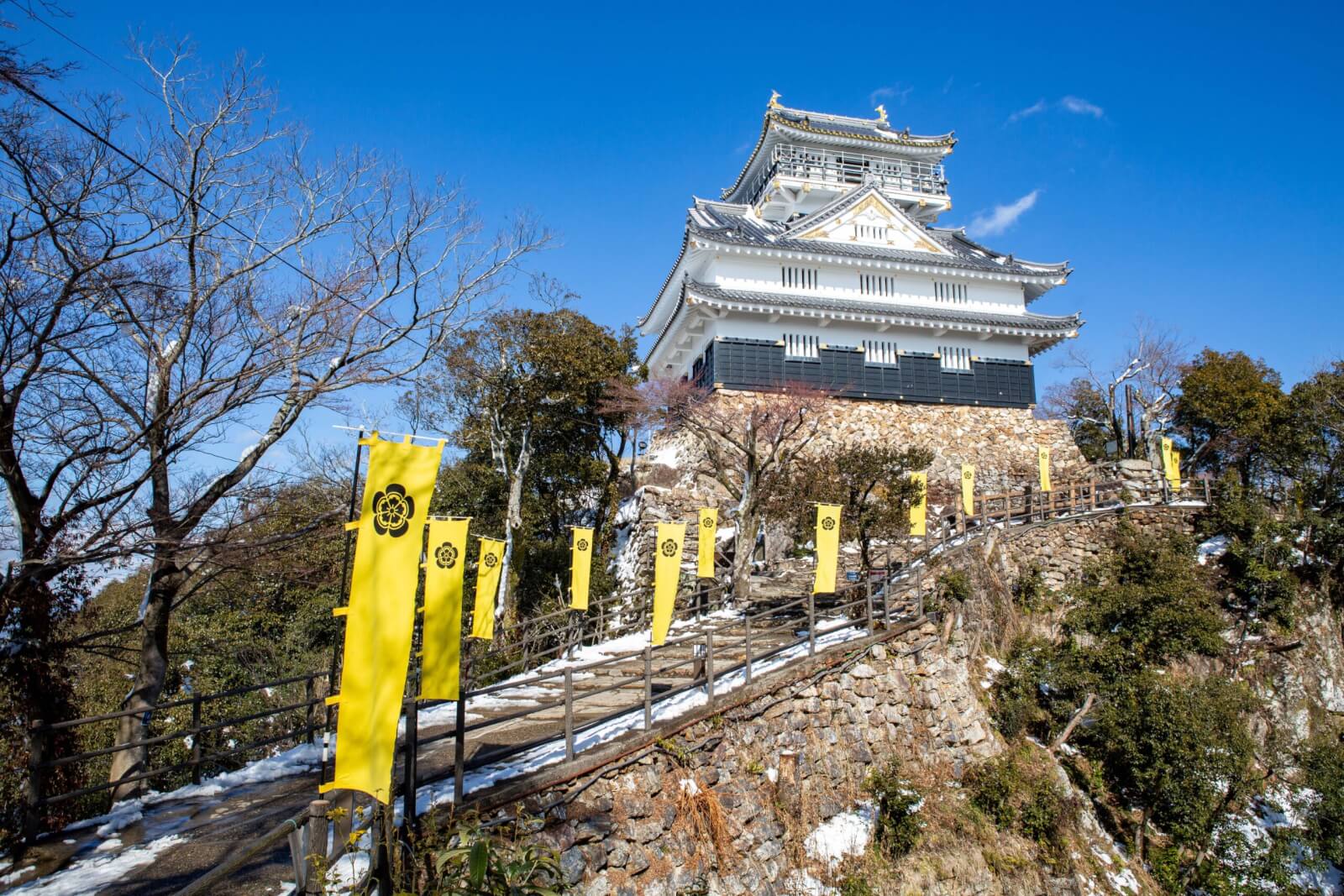
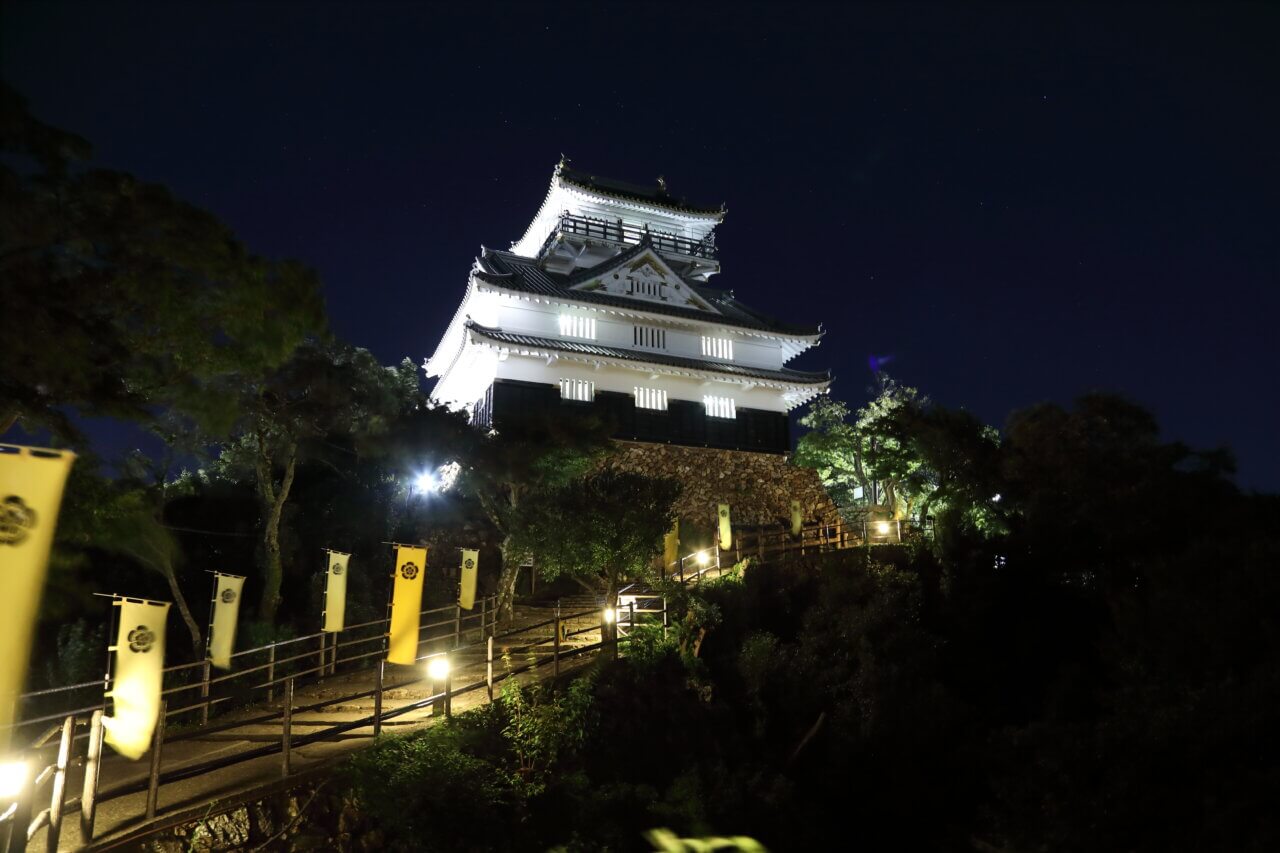
One distinctive feature of Gifu Castle is its location atop Mount Kinka, with an elevation of 329 meters and a relative height of 300 meters. The entire mountain forms a natural stronghold, but it was so impregnable, with rocky outcrops everywhere, that it was said, ‘He who controls Mino controls the world.’
Therefore, after capturing the castle, Lord Nobunaga Oda followed a dual-structure approach, placing the lord’s residence at the base of the mountain while also carrying out extensive renovations, introducing stone walls to both the mountaintop and foothill areas. Descriptions of the interior from that time have been preserved. Jesuit missionary Luis Frois, who toured the residence guided by Nobunaga himself and later wrote about it in his ‘History of Japan,’ commented that Nobunaga ‘desired to surpass all others in displaying his own splendor.’ Apparently, the castle used high-quality timber extensively and had four to five gardens. It was a rare and perfect castle for its time in Japan.
Highly Recommended for the View from the Observatory!
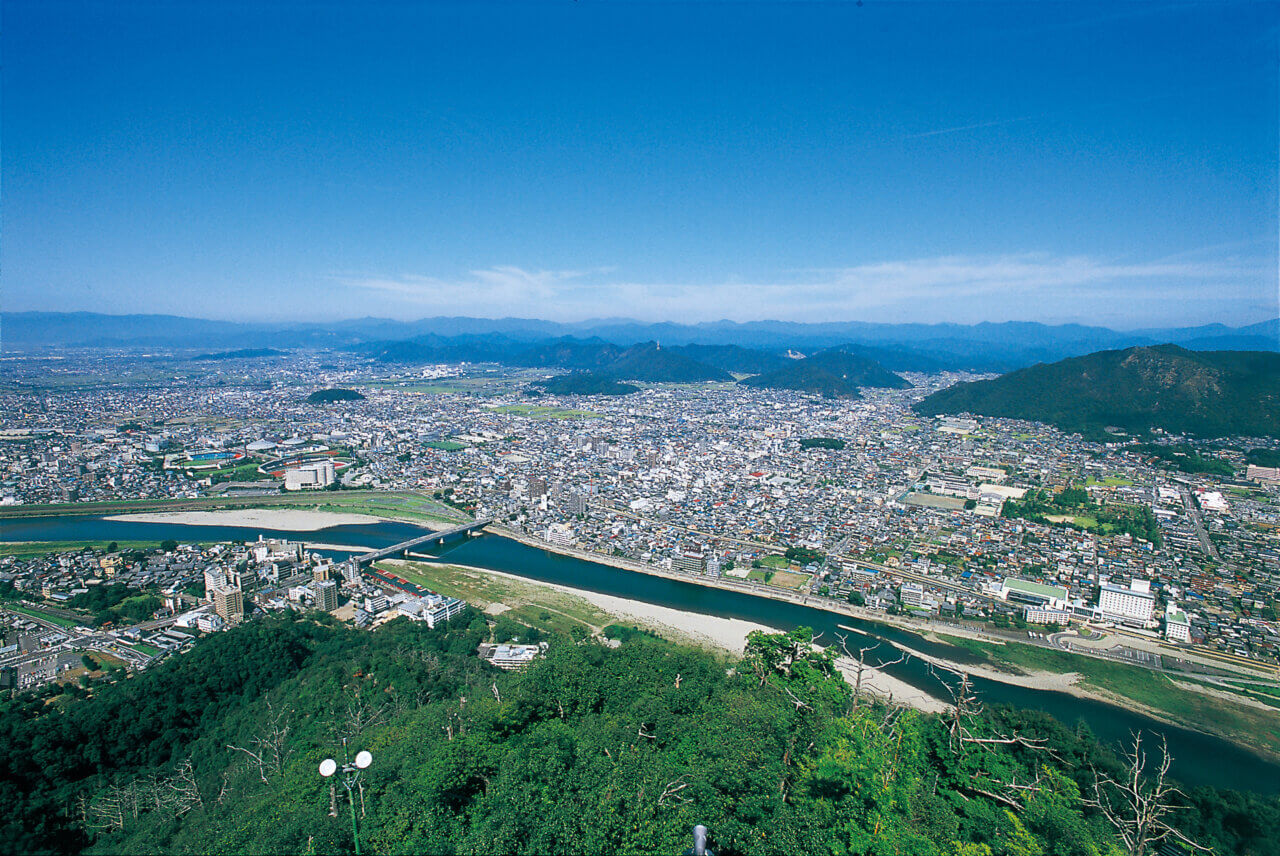

Gifu Castle’s tenshu (castle tower) is located on the summit of ‘Mount Kinka,’ and you can easily reach it by ropeway or enjoy a hike up the mountain using various hiking routes.
The ‘Gifu Kinkazan Ropeway’ is a roughly 4-minute ride connecting Gifu Park and the summit of Mount Kinka. From the 360° glass-enclosed gondolas, you can enjoy an aerial walk while appreciating the cityscape of Gifu and the changing seasons: lush greenery in spring and colorful leaves in autumn. Additionally, during the Golden Week and summer seasons, the ropeway operates at night, allowing visitors to enjoy the sparkling night view.
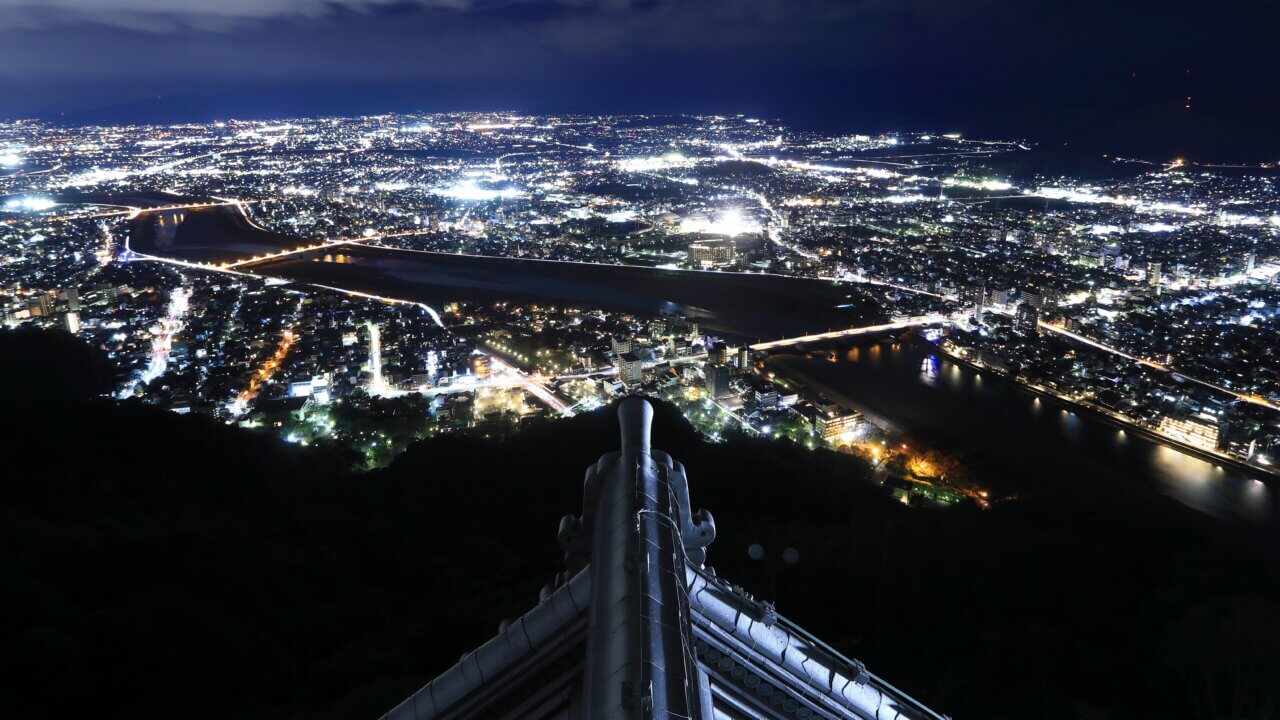

With ten different hiking trails, ranging from beginner-friendly to more challenging routes, you can choose the path that suits you best. All trails reach the summit in about 30 minutes to an hour, offering enjoyable routes for a wide range of ages.
While the views from the ropeway and hiking trails are certainly beautiful, once you reach the summit, why not visit the observatory inside Gifu Castle? From there, you can enjoy a 360° panoramic view, ranging from the natural scenery of the Nagara River and the Japanese Alps to the urban landscapes stretching from Gifu City to Nagoya City.
GIFU
-
![The Headquarters of National Unification Surrounded by Nature【Gifu Castle】]()
The Headquarters of National Unification Surrounded by Nature【Gifu Castle】
-
![【Gujo Hachiman】A castle town known as the “Little Kyoto of Oku-Mino” with clear streams and famous spring water]()
【Gujo Hachiman】A castle town known as the “Little Kyoto of Oku-Mino” with clear streams and famous spring water
-
![【Shirakawa-go】The Charm of Japan’s Hidden Gem]()
【Shirakawa-go】The Charm of Japan’s Hidden Gem
-
![World’s Largest Freshwater Aquarium]()
World’s Largest Freshwater Aquarium
-
![【Okuhida Onsengo Hirayu Onsen】 The most historic hot spring area in the Okuhida Onsengo village]()
【Okuhida Onsengo Hirayu Onsen】 The most historic hot spring area in the Okuhida Onsengo village
-
![【Yoro Falls】A Beloved Landmark of Yoro Town]()
【Yoro Falls】A Beloved Landmark of Yoro Town
history
-
![【Atsuta Jingu (Atsuta Shrine)】It receives about 6.5 million visitors annually! A highly respected shrine since ancient times]()
【Atsuta Jingu (Atsuta Shrine)】It receives about 6.5 million visitors annually! A highly respected shrine since ancient times
-
![【Nagoya Castle】A Castle with Deep Connections to Oda Nobunaga and Tokugawa Ieyasu]()
【Nagoya Castle】A Castle with Deep Connections to Oda Nobunaga and Tokugawa Ieyasu
-
![Drawing on history and tradition, the beauty of Japan at 【Tokugawa Park】]()
Drawing on history and tradition, the beauty of Japan at 【Tokugawa Park】
-
![【Inuyama Castle】Japan’s Oldest Surviving Castle Tower]()
【Inuyama Castle】Japan’s Oldest Surviving Castle Tower
-
![Watch from the stands as 1300 years of tradition unfold at the【Kiso River Ukai】]()
Watch from the stands as 1300 years of tradition unfold at the【Kiso River Ukai】
-
![【Gujo Hachiman】A castle town known as the “Little Kyoto of Oku-Mino” with clear streams and famous spring water]()
【Gujo Hachiman】A castle town known as the “Little Kyoto of Oku-Mino” with clear streams and famous spring water

